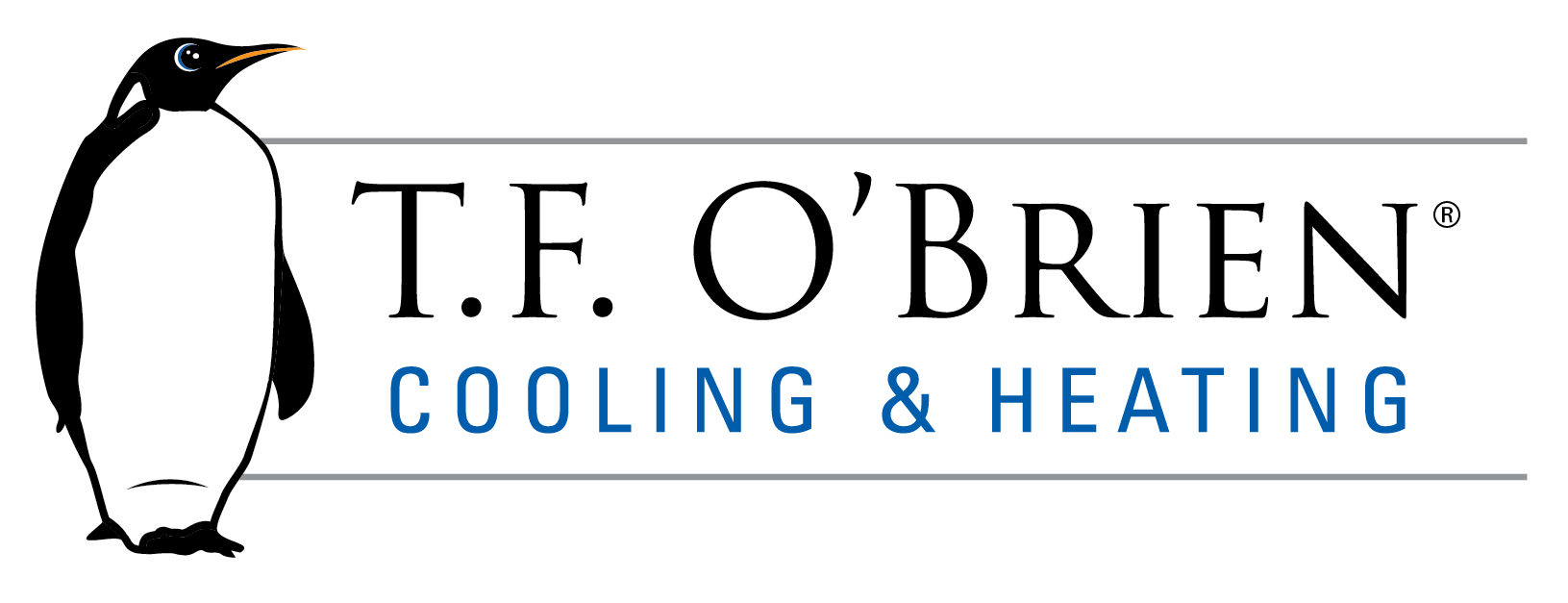 When the forced-air system in your Long Island home is working well, it’s easy to think of it as just a basic appliance that distributes warm or cool air. Although that is what the system does, a number of components are involved in getting that seemingly simple job done. When you’re shopping around for a new HVAC system, it helps to be familiar with your system’s inner workings.
When the forced-air system in your Long Island home is working well, it’s easy to think of it as just a basic appliance that distributes warm or cool air. Although that is what the system does, a number of components are involved in getting that seemingly simple job done. When you’re shopping around for a new HVAC system, it helps to be familiar with your system’s inner workings.
The basic forced-air system components are:
-
- Thermostat — This device regulates the heating and cooling system by telling it what to do based on your thermostat settings and your home’s air temperature.
- Ductwork and registers — Supply-air ducts and registers distribute conditioned air through your home, while return-air ducts and grilles bring conditioned air back to the air handler.
- Air handler — In a furnace (and A/C system), the air handler contains a blower fan and heat exchanger. In a heat-pump system, it contains a blower fan, inside coil, and possibly an auxiliary electric strip heater.
- Burner — In a fuel-burning system, this component burns the gas, oil or propane for heat.
- Outdoor unit — The “heat pump” part of a heat-pump system, this contains fans, outside coils, a reversing valve and a compressor. An air conditioner’s outdoor unit consists of the condenser, compressor and coils.
- Filter — This device keeps airborne contaminants out of your HVAC system and can help clean your home’s air, too.
- Flue (vent) — Fuel-burning systems require this pipe to conduct post-combustion exhaust gases outdoors.
When the thermostat senses the need for heat, it signals the furnace to turn on. In a fuel-burning system, a valve releases gas to the burner, which burns the gas to heat air pulled in via the return ducts. In a heat-pump system, the outdoor unit draws heat from the air and moves it to the indoor air handler. Once the air reaches the required temperature, the blower fan moves it into the supply ductwork and out through the registers into your rooms.
To learn more about the inner workings of your forced-air system or for guidance on repairs or maintenance, contact T.F. O’Brien Cooling & Heating. We’ve been providing superior HVAC care around Long Island since 1934.
Our goal is to help educate our customers about energy and home comfort issues (specific to HVAC systems). For more information about other HVAC topics, download our free Home Comfort Resource guide.
Image via Shutterstock.com
